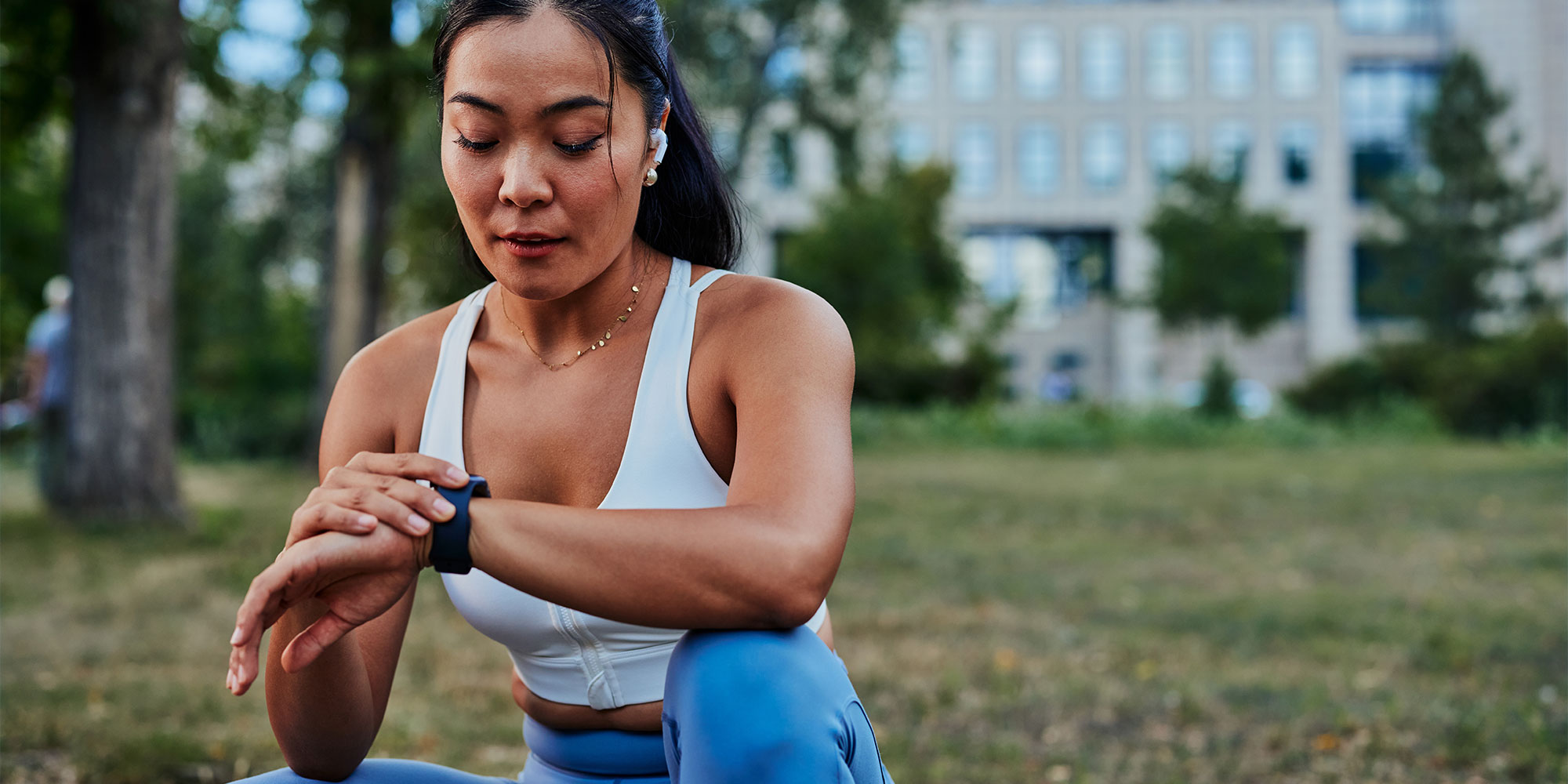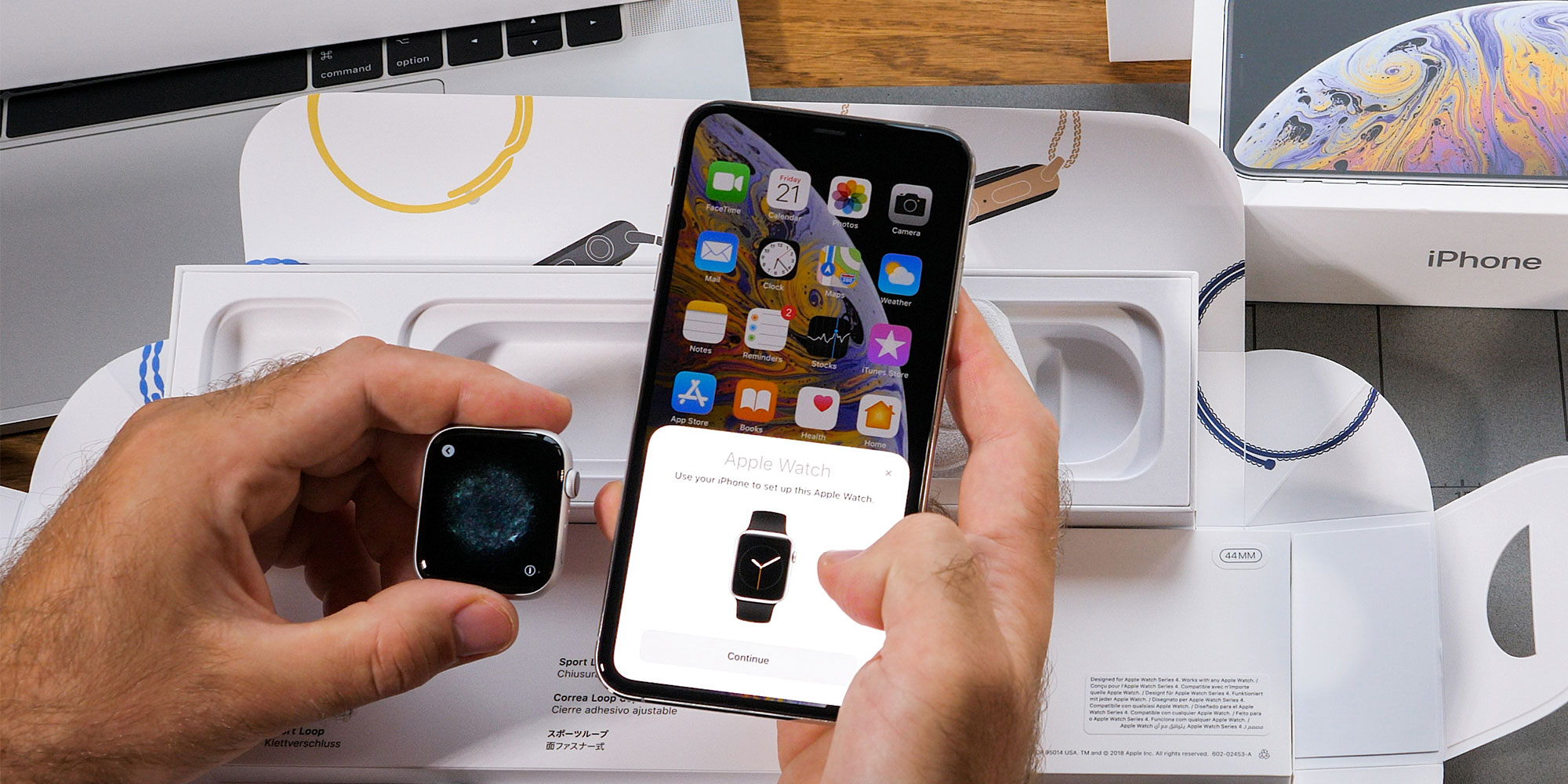By clicking a retailer link you consent to third-party cookies that track your onward journey. This enables W? to receive an affiliate commission if you make a purchase, which supports our mission to be the UK's consumer champion.
Five things I'd never do as a fitness tracker and smartwatch expert

Which? tests more than 35 smartwatches and fitness trackers each year and we've learnt a lot about the technology in these useful health-tracking devices.
But there are pitfalls that are important to avoid when buying and using your wearable. From understanding how much of the data to trust to keeping your health data secure, here are the five things I'd avoid doing as a fitness tracker and smartwatch expert.
Join Which? to get see the fitness trackers and smartwatches that performed well enough in our lab testing to get our Best Buy recommendation.
1. Fully trust all the metrics

The latest wearables claim to track a lot beyond your daily step count and your heart rate. New features include tracking your sleep, evaluating your stress, and assessing your body's energy levels.
These might sound great if you want to understand more about your wellness, but the results are only ever clever estimates. To make predictions they generally use a combination of readings from sensors, such as your heart rate and motion detectors, along with data algorithms. This can mean that if you haven't moved for a while, a tracker may think you're actually asleep. So if you feel like you've had a good night's sleep but your tracker is telling you otherwise, take its readings with a pinch of salt.
It's also worth bearing in mind that though smartwatches and fitness trackers might offer features such as a heart-rate monitoring, blood pressure measurements, and EKG readings, they do not claim to be medical-grade devices. So it's incredibly important not to rely on them to detect or monitor serious health conditions. If you are getting any unusual results, we recommend you contact your GP.
Find out more about how to track sleep on a smartwatch or fitness tracker
2. Leave the GPS on all the time

Premium fitness trackers and smartwatches have built-in GPS and a number of cheaper ones can connect to your phone's GPS. This is a brilliant feature for those tracking long outdoor distances as it generally makes the measurements much more accurate.
However, in Which? testing we've found that keeping the GPS enabled always takes a big toll on the device's battery life. So much so that you'll likely find yourself needing to charge your wearable every day. In our battery testing, we recently found a fitness tracker with a battery life that declined to less than 25% of its capability just because the GPS was left on. So turn it off when you're not using it.
Not sure whether to go for a simple fitness tracker or more-advanced smartwatch? Weigh up the pros and cons of both with our guide: Should I buy a fitness tracker or a smartwatch?
3. Wear it swimming before exploring its water-resistance claims

It used to be the case that getting your fitness tracker or smartwatch wet could damage it beyond repair. But improvements in materials means more and more can be worn for swimming and even deep-sea diving.
A lot of trackers now have a standard water-resistance rating of 5 ATM or equivalent. In theory this means the device should be water resistant in depths of up to 50 meters for 10 minutes. But the reality is not as simple as this. Water-resistant watches have been tested for their ATM rating when they are brand new, and they haven’t been tested in real-life conditions, ie in salty and moving water. They don't consider potential corrosion, the strap attachment, or magnetic and shock resistance. This means that though the manufacturer can technically recommend 5 ATM devices for shallow swimming, it comes with a lot of caveats.
Also, manufacturers tell us that water resistance level of these devices can decrease over time. So if your wearable is particularly old, be aware that it could be damaged by water even if it has 5 ATM (or higher) rating.
The most durable devices have water-resistant ratings above 5 ATM and it's best to go for a more rugged wearable if you want to swim regularly or use it for deep diving. If you do decide to take your water-resistant device swimming, be sure to start a swimming workout when you do so. This should freeze the screen so it doesn't mistake pressure from the water as a fingerprint tap.
Read more about waterproofing in smartwatches if this is a key consideration for you.
4. Buy without checking that the fitness tracker or smartwatch is compatible with my phone

Once you've got your hands on your shiny new device, the last thing you want to find out is that its not compatible with your smartphone. But this can be the case if you don't check before you buy. There are generally two types of phones: Apple iOS iPhones, and Android OS phones (such as from Samsung, Google, OnePlus and Xiaomi), and since a lot of these phone manufacturers make the fitness trackers and smartwatches we buy, they limit their compatibility with competitor phones.
Also, wearables will not pair with smartphones that are too old, so you need to not only check the type of phone the wearable is compatible with, but also the operating system's version. If you have a fairly new smartphone, it's likely not going to be an issue, but every wearable has different specifications. If you are caught out, you might be able to download the smartwatch or fitness tracker's paired app on your phone, but then the smartwatch or fitness tracker won't connect to it.
It is also worth checking that the wearable you're looking at has the smart features you are after. For example, brands like Garmin and Xiaomi generally have smartwatches and fitness trackers that are compatible with both Android OS and Apple iOS phones, but often you can only receive your phone's notifications on them. Brands like Apple, Samsung and Google offer more smart features on their wearables, such as the ability to respond to WhatsApp messages or taking calls. But of course, you'll need to connect it to one of their phones.
If you have an iPhone, check out our picks of the best Apple Watch to buy
5. Buy one that's too cheap

Some of the most premium smartwatches and fitness trackers come at a high price. So it can be tempting to buy a cheaper one that looks the part from a different brand. But any device that will be connected to your wi-fi and phone needs to have sufficient security in place to keep your personal data safe.
On online marketplaces like Amazon, you can buy cheap wearables for as little as £2. However, an investigation we did in 2022 found a selection of these stacked with security flaws that put your private information at risk. All the smartwatches and fitness trackers we test are put through extensive security testing and we will tell you if we find any concerning results.
But this doesn't mean you can't get a good device for a value price. Fitness trackers are generally cheaper than smartwatches and we've found some gems for under £50. Find out why you don't need to spend more than £50 on a fitness tracker.
Tech tips you can trust - get our free Tech newsletter for advice, news, deals and stuff the manuals don't tell you




